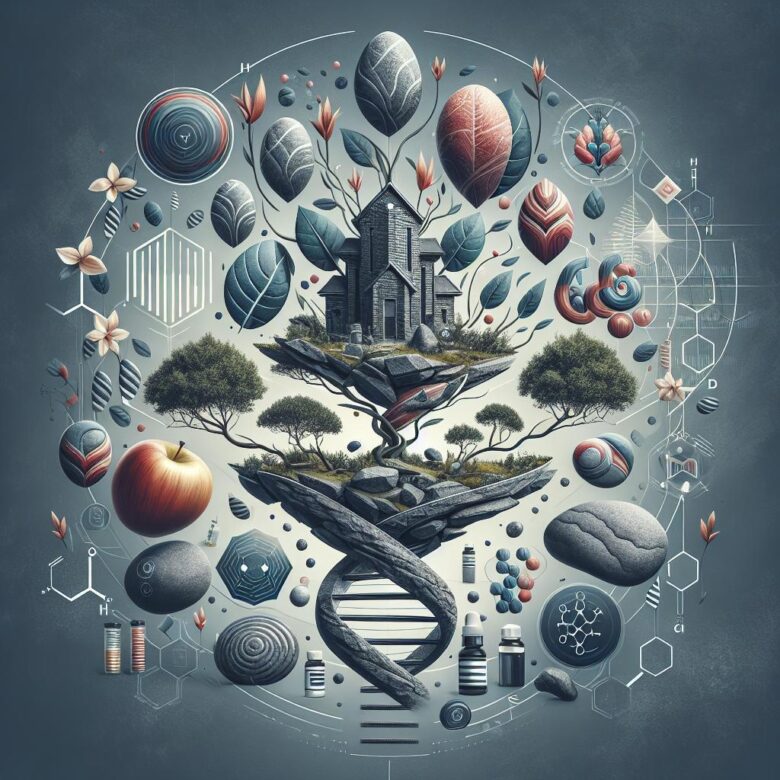Unlocking the Power of Testosterone: A Journey to Muscle Definition
In the dynamic realm of fitness and physique enhancement, the quest for muscle definition has captivated enthusiasts for decades. As individuals strive to sculpt their bodies into well-defined masterpieces, the conversation surrounding testosterone therapy emerges as both a remedy and a topic of contention. With origins tracing back to the ancient practices of male vitality and modern scientific breakthroughs, testosterone has long been heralded as a key player in the symphony of muscle growth and fat metabolism. This article delves into the intricate world of testosterone therapy, exploring its potential benefits, considerations, and the science that underpins its role in achieving coveted muscle definition. Whether you’re a seasoned athlete or a curious novice, join us as we navigate the complexities of this hormone and its impact on physical transformation.
The Role of Testosterone in Muscle Development
Testosterone plays a pivotal role in muscle development by facilitating a variety of biochemical processes essential for growth and maintenance. As a potent anabolic hormone, it stimulates protein synthesis, encouraging the body to build and repair muscle fibers after strenuous workouts. This hormone also aids in the regulation of other substances crucial for muscle growth, such as growth hormone and insulin-like growth factor 1 (IGF-1). As a result, individuals engaging in resistance training often experience enhanced muscle hypertrophy, which can lead to increased strength and definition.
In addition to its anabolic effects, testosterone contributes to the optimization of body composition through fat reduction. The hormone promotes a leaner physique by enhancing metabolic rates and encouraging fat oxidation. A few key mechanisms through which testosterone supports muscle definition include:
- Increased muscle mass: Higher testosterone levels correlate with greater muscle hypertrophy.
- Improved recovery: Enhanced healing processes minimize muscle soreness post-exercise.
- Elevated energy levels: Increased stamina allows for more intense workout sessions.
To illustrate the relationship between testosterone levels and muscle development, here’s a concise overview:
| Testosterone Level | Effect on Muscle Development |
|---|---|
| Low | Reduced muscle mass and increased fat retention |
| Normal | Optimal muscle growth and maintenance |
| High | Significant muscle hypertrophy and performance enhancement |
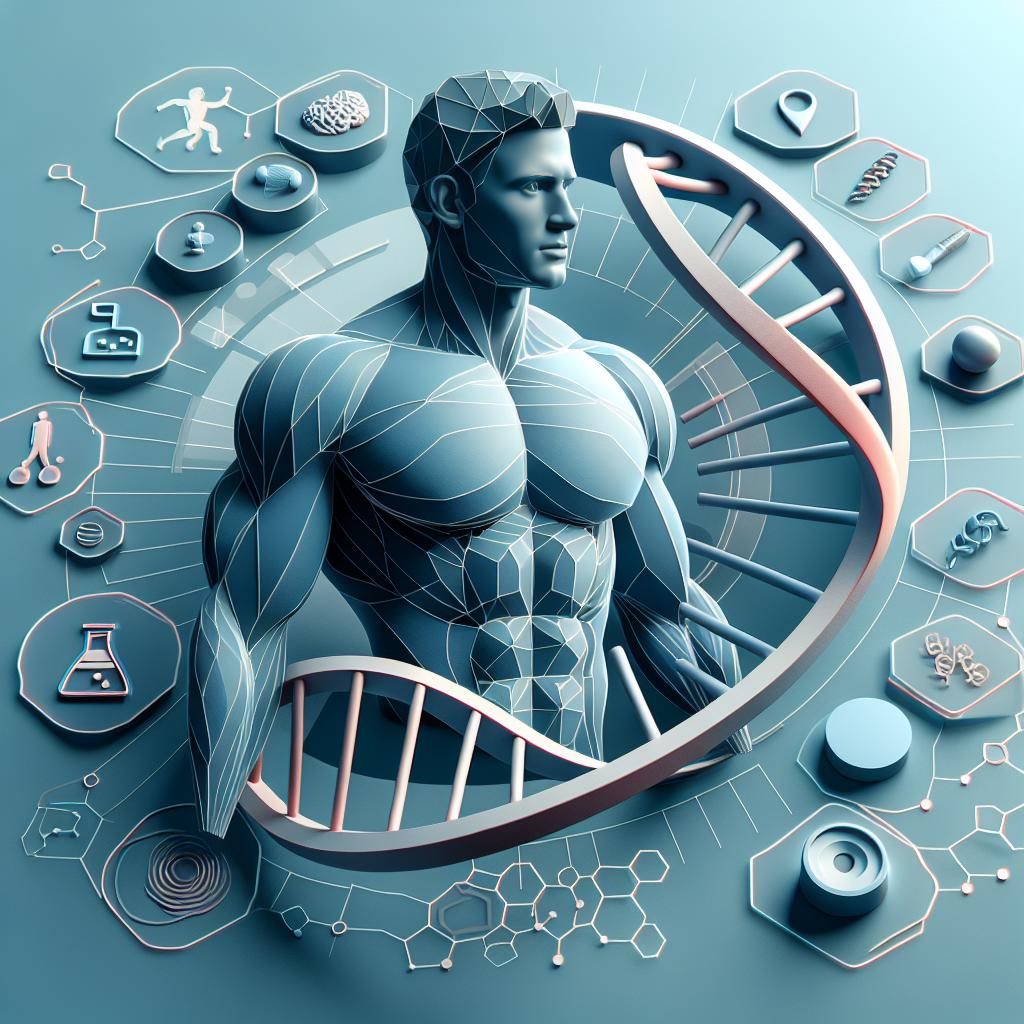
Understanding the Science Behind Testosterone Therapy
Testosterone therapy is a medical treatment that involves supplementing the body with synthetic hormones to restore optimal testosterone levels. This therapy can significantly enhance muscle definition, as testosterone plays a critical role in muscle growth and maintenance. When testosterone levels are balanced, the body experiences increased protein synthesis, which is essential for muscle repair and growth. Additionally, higher testosterone levels can lead to improved energy levels and stamina, allowing individuals to engage in longer and more intense workout sessions.
Several mechanisms contribute to the effectiveness of testosterone therapy in achieving muscle definition, including:
- Increased Muscle Mass: Supplemental testosterone can lead to hypertrophy, the enlargement of muscle fibers.
- Reduced Fat Mass: Testosterone aids in diminishing body fat, making muscles more visible.
- Enhanced Recovery: Improved recovery rates enable athletes to train harder and more frequently.
| Benefits of Testosterone Therapy | Effect on Muscle Definition |
|---|---|
| Higher Strength Levels | Increased lean muscle mass |
| Boosted Metabolism | Improved fat loss |
| Enhanced Recovery | Faster muscle repair |

Benefits of Testosterone Supplementation for Muscle Definition
Testosterone supplementation plays a crucial role in enhancing muscle definition by promoting muscle hypertrophy and reducing body fat. By increasing the levels of this vital hormone, individuals may experience improved protein synthesis, which aids in muscle recovery and growth. Additionally, elevated testosterone levels can lead to greater energy and endurance during workouts, allowing for more intensified training sessions that contribute significantly to overall muscle tone. The benefits extend even further, as testosterone can also enhance metabolic rate, making it easier to shed excess fat, thereby revealing the muscles that lie beneath.
Furthermore, the psychological benefits of testosterone therapy should not be overlooked, as it can bolster motivation and confidence levels. Individuals often report a more positive outlook towards their fitness goals, leading to a more consistent workout regimen. The combination of physical and mental enhancements can create a reinforced cycle of success. Some key advantages of testosterone supplementation include:
- Improved Muscle Mass: Increased ability to build and maintain lean muscle.
- Enhanced Recovery: Quicker recovery times between workouts.
- Fat Loss: Enhanced fat oxidation and reduction in visceral fat.
| Benefit | Description |
|---|---|
| Muscle Hypertrophy | Increased muscle size and strength. |
| Energy Levels | Boosted energy for workouts and daily activities. |
| Mood Enhancement | Improved mood and reduced symptoms of depression. |
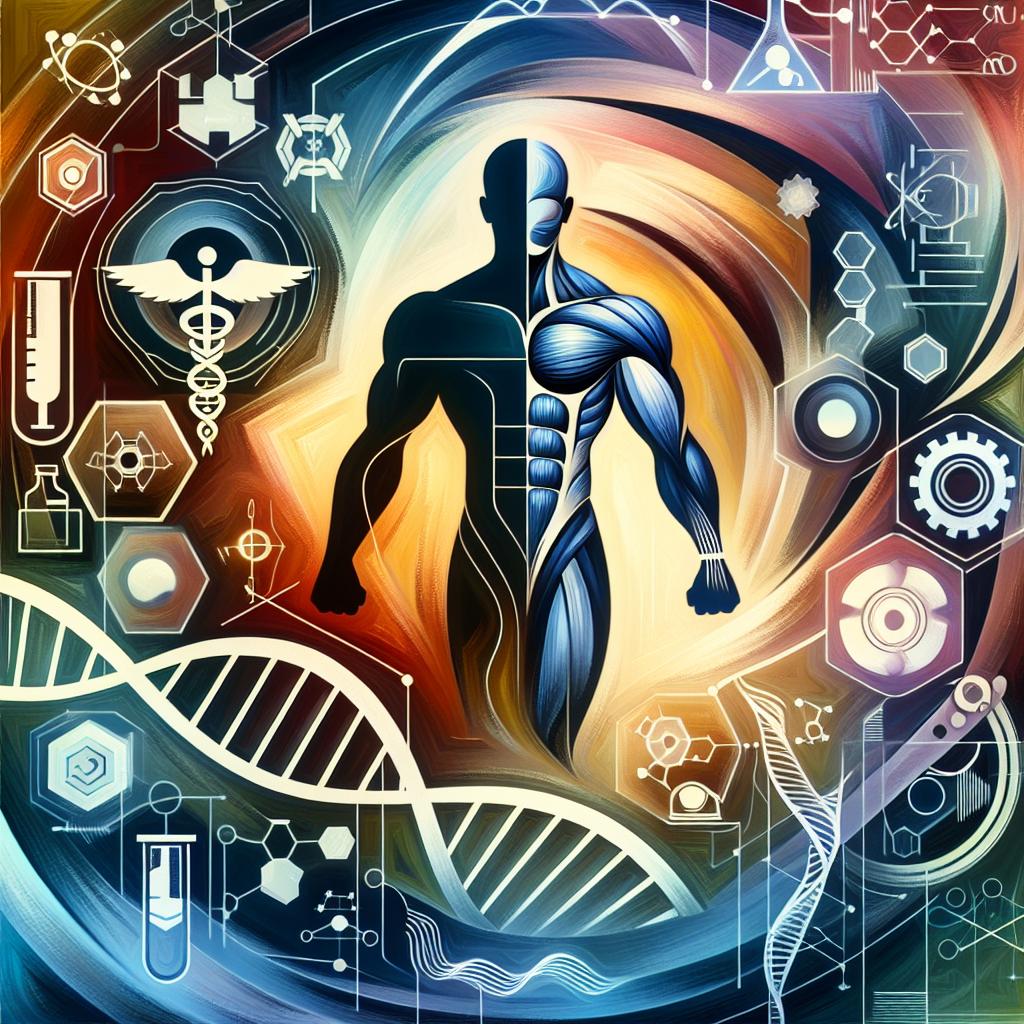
Identifying Candidates for Testosterone Therapy
When considering testosterone therapy, it is essential to recognize the individuals who may benefit from this treatment. Candidates often display a combination of physical symptoms and biochemical indicators. Key factors to consider include:
- Age: Males over 30 may experience a natural decline in testosterone levels.
- Symptoms: Low energy, reduced muscle mass, and diminished libido can signal low testosterone.
- Body Composition: Candidates may present with increased body fat percentage despite regular exercise.
- Health History: Individuals with conditions like obesity, diabetes, or hormonal imbalances may be more prone to low testosterone.
To assess whether testosterone therapy is appropriate, healthcare providers will typically conduct a thorough evaluation that includes laboratory testing. Blood tests measuring testosterone levels are crucial for determining eligibility. A relevant reference table might include the following diagnostic criteria:
| Test | Normal Range | Low Testosterone Indication |
|---|---|---|
| Total Testosterone | 300 – 1000 ng/dL | Below 300 ng/dL |
| Free Testosterone | 5 – 21 ng/dL | Below 5 ng/dL |
By evaluating these factors, healthcare professionals can identify candidates who may benefit from testosterone therapy and provide them with a tailored approach to improve muscle definition and overall well-being.

Potential Risks and Side Effects of Testosterone Treatment
While testosterone therapy can enhance muscle definition and support physical performance, it is crucial to recognize that it may not be suitable for everyone. Individuals undergoing this treatment could encounter a variety of potential risks and side effects, including but not limited to:
- Cardiovascular issues – Increased risk of heart attack and stroke.
- Hormonal imbalances - May lead to gynecomastia (enlarged breast tissue in men).
- Skin problems – Such as acne and oily skin.
- Liver damage - Long-term use can adversely affect liver function.
- Sleep apnea - A potential exacerbation of this condition.
In addition to these issues, it is important to consider psychological effects that may arise from hormone therapy. Some individuals report:
- Increased aggression – Heightened irritability and mood swings.
- Depression – A paradoxical effect where mood issues can worsen.
- Dependency – Psychological reliance on hormone treatments.
Monitoring and consultation with a healthcare professional are essential to mitigate these risks and ensure that testosterone therapy is appropriate for your specific needs.
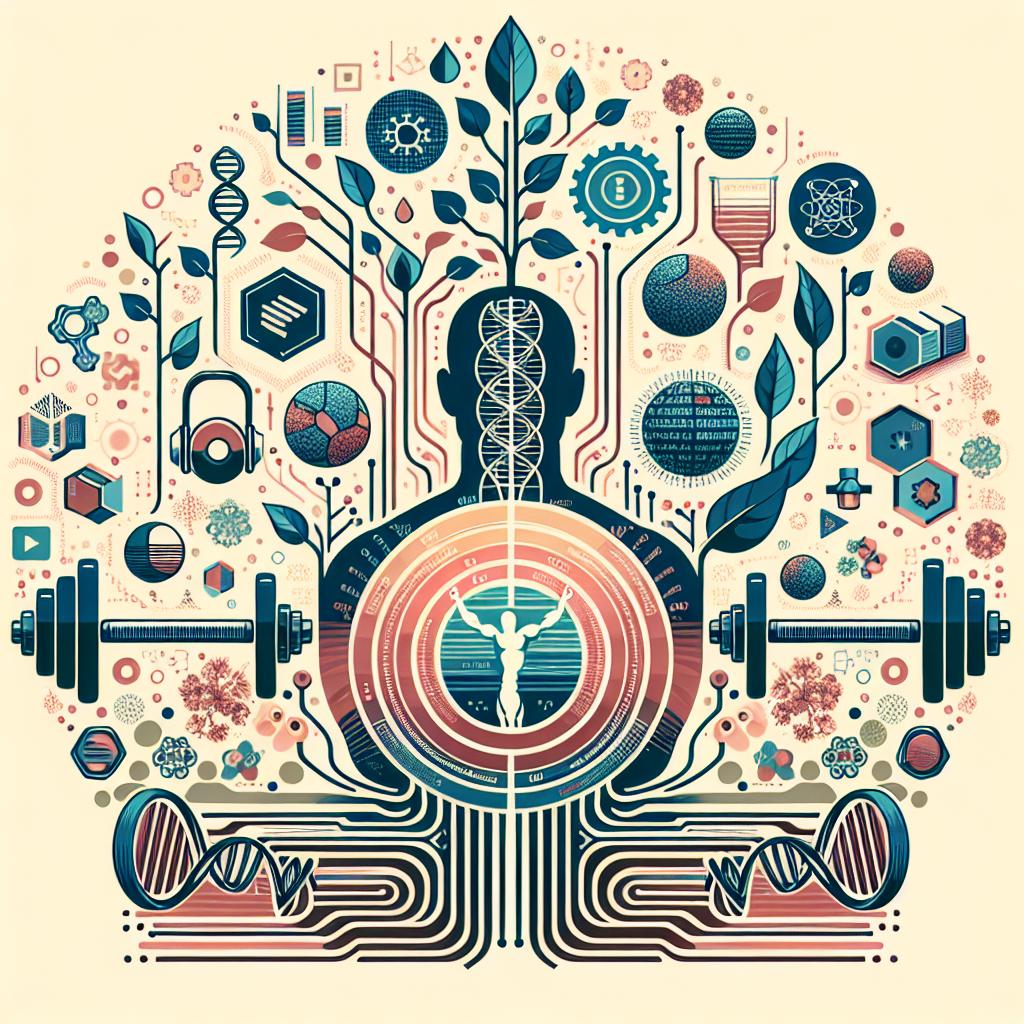
Integrating Testosterone Therapy into Your Fitness Regimen
Incorporating testosterone therapy into your fitness regimen can significantly enhance your efforts for muscle definition. When utilized alongside a structured workout plan, testosterone therapy may bolster your body’s ability to build lean muscle mass, increase endurance, and expedite recovery. Here are some key points to consider:
- Balanced Nutrition: Fuel your body with a diet rich in protein, healthy fats, and complex carbohydrates to support muscle growth and repair.
- Consistent Training: Engage in strength training exercises at least three to four times a week, focusing on compound movements that engage multiple muscle groups.
- Monitoring Progress: Regularly assess your body composition changes and fitness levels to adjust your training and nutrition strategies effectively.
To maximize the benefits of testosterone therapy, it’s essential to integrate a well-structured plan that prioritizes both physical activity and hormonal balance. Regular consultations with your healthcare provider can help tailor your therapy to your workout regimen. Consider the following table to keep track of your complementary fitness activities that align with your therapy:
| Activity | Frequency | Duration |
|---|---|---|
| Weight Training | 3-4 times/week | 45-60 min |
| Cardio Exercises | 2-3 times/week | 30-45 min |
| Flexibility Training | Daily | 10-15 min |
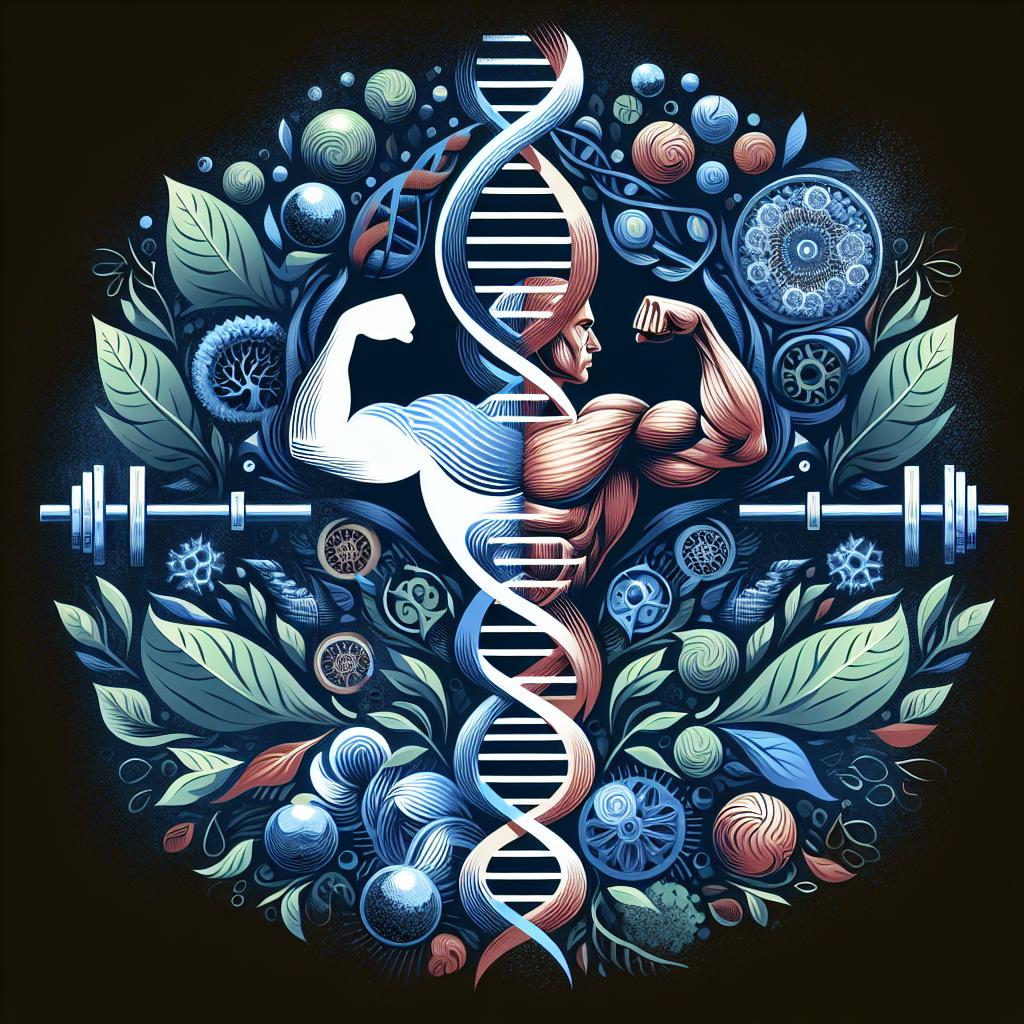
Key Lifestyle Factors to Maximize Results from Therapy
To truly maximize the benefits of testosterone therapy, integrating specific lifestyle factors is essential. Regular exercise plays a pivotal role, especially resistance training, which promotes muscle hypertrophy and enhances the effects of testosterone. This includes activities such as weightlifting, bodyweight exercises, and high-intensity interval training (HIIT). Additionally, prioritizing sleep can significantly impact hormone levels. Aim for 7-9 hours of quality sleep each night to support recovery and optimize the effects of therapy.
Nutrition is another vital component. A balanced diet rich in protein, healthy fats, and complex carbohydrates can foster better muscle definition and overall health. Focus on nutrient-dense foods that include:
- Lean proteins: Chicken, fish, legumes
- Healthy fats: Avocados, nuts, olive oil
- Complex carbs: Whole grains, sweet potatoes, quinoa
Moreover, maintaining proper hydration is crucial for both physical performance and overall well-being. Incorporate a consistent hydration strategy to ensure optimal recovery and metabolic function. Consider tracking your water intake to establish a routine that supports your therapeutic goals.
Q&A
Q&A: Understanding Testosterone Therapy for Muscle Definition
Q1: What is Testosterone Therapy?
A1: Testosterone therapy is a medical treatment aimed at increasing testosterone levels in individuals with low testosterone (low T). It can be administered through injections, patches, gels, or pellets. While often linked to various health benefits, one primary interest is how it may enhance muscle mass and definition.
Q2: How does testosterone impact muscle definition?
A2: Testosterone plays a key role in muscle protein synthesis, which is crucial for muscle growth and repair. By increasing muscle mass, testosterone can help improve the overall definition of muscles, contributing to a more toned physique. It also boosts energy levels, allowing for more intense workouts that can further enhance muscle definition.
Q3: Who might benefit from testosterone therapy for muscle definition?
A3: Individuals who experience symptoms of low testosterone—such as decreased muscle mass, fatigue, or low libido—may benefit from testosterone therapy. It’s often sought by older adults or individuals with certain medical conditions. However, it’s essential to consult with a healthcare provider to determine if therapy is appropriate.
Q4: Are there risks associated with testosterone therapy?
A4: Yes, like any medical treatment, testosterone therapy comes with potential risks and side effects, including increased risk of cardiovascular issues, mood swings, and impacts on cholesterol levels. It’s crucial for individuals to weigh these risks against the potential benefits and to maintain regular check-ups while on therapy.
Q5: Can testosterone therapy alone lead to significant muscle definition?
A5: While testosterone therapy can enhance muscle definition, it is not a miraculous solution. It should be complemented by a proper diet, strength training, and cardiovascular exercise. Combining these factors will yield the best results in achieving desired muscle definition.
Q6: What role does diet play in conjunction with testosterone therapy?
A6: Diet is a critical component of muscle development and definition. A balanced diet rich in protein, healthy fats, and carbohydrates provides the necessary fuel and building blocks for muscles. This balance can amplify the effects of testosterone therapy and aid in achieving a well-defined physique.
Q7: Who should avoid testosterone therapy?
A7: Testosterone therapy may not be suitable for individuals with certain health conditions, such as prostate cancer, severe sleep apnea, or those with a history of heart problems. Additionally, those looking for a quick fix or using it for athletic enhancement should approach it with caution, as misuse can lead to serious health problems.
Q8: How long does it take to see results from testosterone therapy?
A8: Results can vary widely among individuals. Some may see improvements in muscle mass and definition within a few weeks, while others may take several months. Consistency in therapy, exercise, and nutrition is key to realizing the benefits.
Q9: Are there alternative methods to enhance muscle definition without testosterone therapy?
A9: Absolutely! Effective alternatives include regular strength training, high-intensity interval training (HIIT), ensuring adequate protein intake, staying hydrated, and focusing on overall physical health. These methods can help achieve muscle definition naturally, albeit possibly at a slower pace than with therapy.
Q10: What should someone consider before starting testosterone therapy?
A10: Before beginning testosterone therapy, it’s important to first consult with a healthcare professional who can perform appropriate testing and assess testosterone levels. Understanding one’s personal health history, potential risks, and setting realistic goals is crucial for a safe and effective treatment plan.
The Way Forward
while testosterone therapy can offer promising benefits for muscle definition, it is essential to approach this treatment with careful consideration and informed decision-making. Whether you’re a seasoned athlete or someone looking to enhance your physical appearance, understanding the potential risks and rewards is crucial. Consulting healthcare professionals, staying educated about personal health, and monitoring progress are key steps to ensure that any journey into testosterone therapy is both safe and effective. As the science continues to evolve, so too will our understanding of how hormones influence not just our muscles, but our overall well-being. In the quest for strength and definition, knowledge remains one of the most powerful tools at our disposal. So, as you embark on your fitness journey, remember that balance, patience, and informed choices are the true cornerstones of success.

